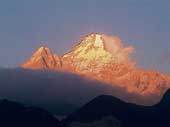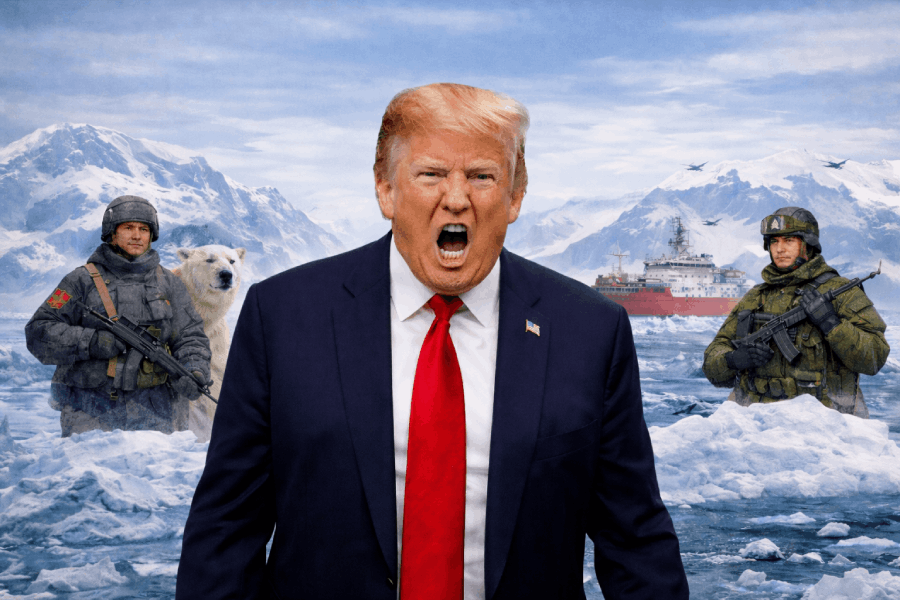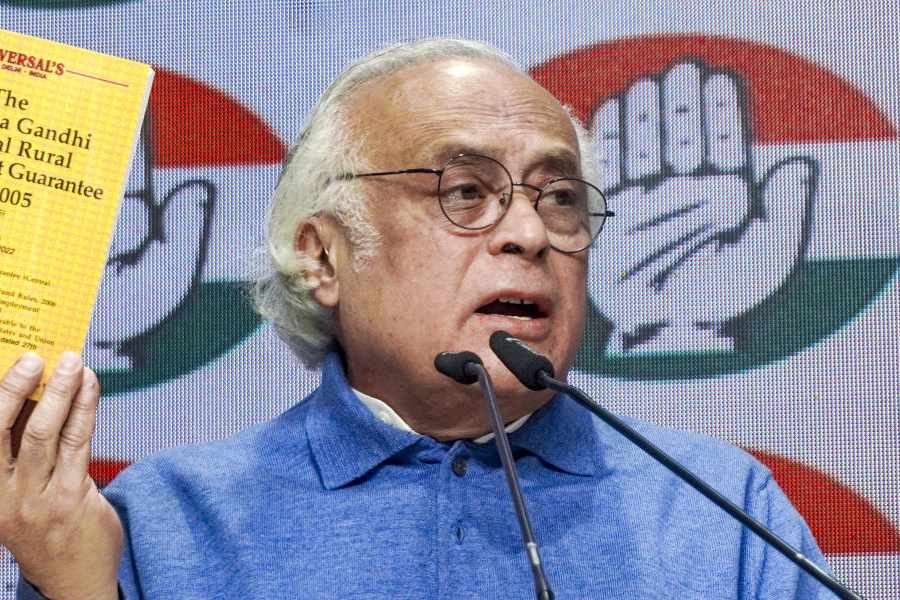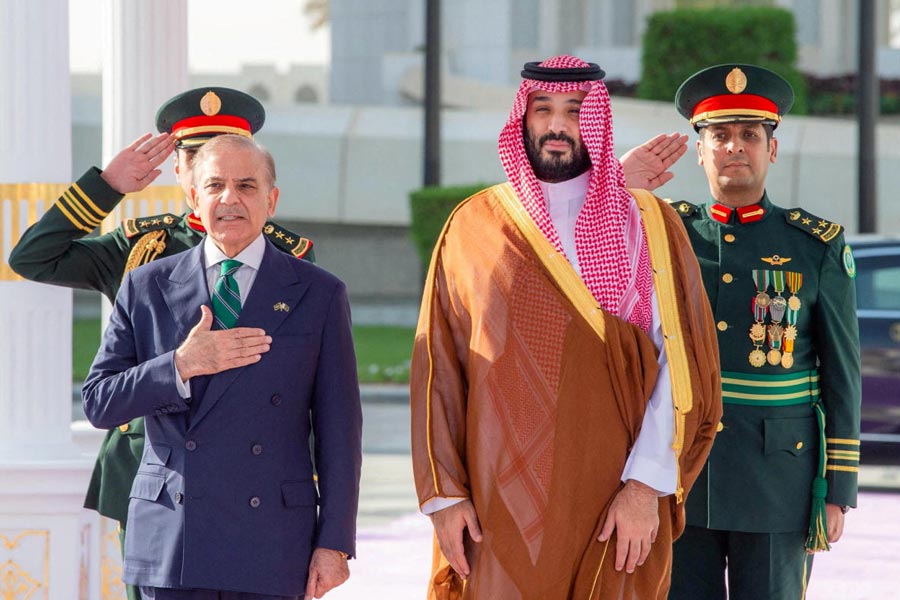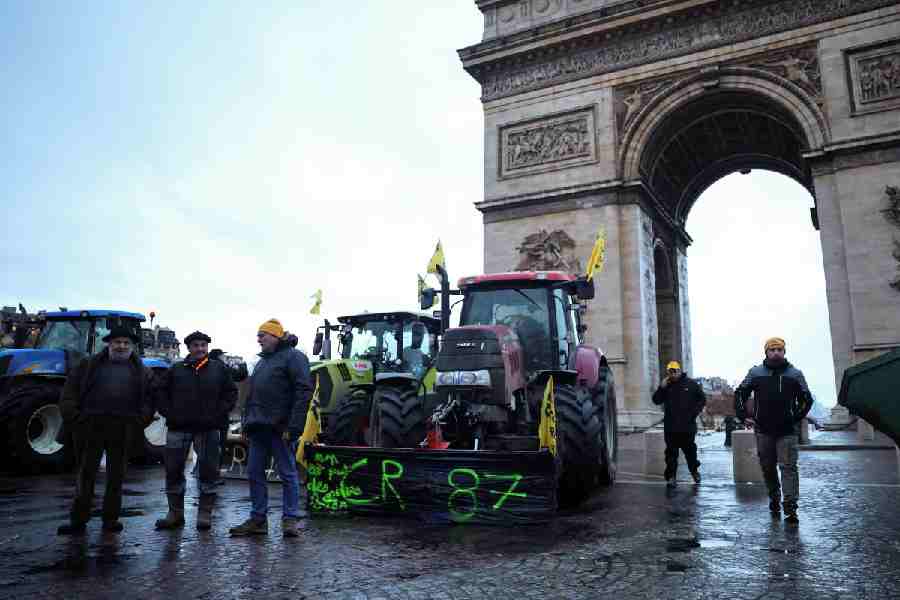 |
 |
 |
| The different moods of Mt Everest (top and below). Pictures by Malli Mastan Babu. (Centre) The author |
Peak B and Peak XV were its earlier names. Tibetans call it Chomolungma, goddess mother of the world, and for the Nepalese it?s Sagarmatha, goddess of the sky. The British discovered it as the highest peak in 1856 and Sir Andrew Waugh, surveyorgeneral of India, christened it Mt Everest in 1865 in honour of his predecessor Sir George Everest.
It took three decades and nine attempts to summit this peak before the legendary climb of Sir Edmund Hillary and Tenzing Norgay on May 29, 1953. Many have since scaled the peak. Yet, Mt Everest continues to tempt mountaineers. The base camp trek is a pilgrimage for avid trekkers.
I had returned from my Aconcagua 6,962 m climb in Argentina, in February, and was planning to train in the Himalayas. I asked Sidhu, an IIM-Calcutta batchmate, if he would go with me on the Everest base camp trek. After some speculation, he agreed.
Being fitness freaks and inclined to take up challenges, we designed an adventurous and rigorous trek. We planned to visit the Everest base camp at 17,600 ft, Pareshaya Gyab (Island Peak base camp), Kongma La pass at 18,208 ft, summit Kala Pattar at 18,208 ft, Chukung Ri at 18,450 ft and reach Lukla in two days from Gorak Shep after summiting Kala Pattar.
To achieve this in 10 days is very challenging. Besides, we had constraints. We were on our own ? no guides, no porters ? carrying heavy rucksacks with our camping equipment, food for 10 days and climbing gear. We didn?t give time for acclimatisation. Inclement weather, snow fall on high passes and bitter cold conditions were the other obvious concerns.
Preparation
We made a checklist of things to be carried. Camping gear (tent, sleeping bag, thermal mat), cooking equipment (stove, fuel, petrol, lunch box), food (noodles, fruit juices, chocolates, biscuits, apples, mangoes), medical kit.
We booked our tickets and I drafted an ad hoc plan of our adventure. Sidhu arrived from Mumbai and joined me in Delhi on April 13 morning, from where we hurried to the international airport. The flight was enthralling, with splendid views of the Himalayas. In Kathmandu, we made last-minute purchases and booked tickets for Lukla for the next day.
April 14: Lukla
Earlier Everest expeditions started from Jiri. But now, Lukla, 2,850 ft, is the starting point. It?s a mini world, with people from several countries. We started our trek without delay and were soon engrossed in the dense rhododendron forests and lush green hills of Solu-Khumbu, arriving in Phakding in two hours. After breakfast and another hour-and-a-half, it was Jorselle (2,950 m). We pitched our tent and camped there on our first night in Sagarmatha National Park. We explored the valley and by the time we cooked and ate dinner, it was dark. We made a fire from dry wood. Soon, we were snugly sleeping.
Next day, it was a two-hour steep ascent to Namche Bazaar (3,440 m), the metro of the Everest region. We passed the colourful market and headed east. Soon, we were at the curve where the chorten in memory of Tenzing Norgay was built. We stared at the majestic wall with a pyramid rising behind it and a plume of clouds streaking across the sky. It was the awe-inspiring Everest. To the right is the captivating view of Amadablam, the world?s most beautiful mountain. There were impressive views of Kangtega and Thamserku, and the snow-clad peaks over Namche Bazaar. We sat there savouring the view, taking photographs and eating, before resuming the trek towards Tengboche. It was an hour?s sharp descent to Phunki Tanga and a steep ascent to Tengboche, 3,867 m.
Most Everest expeditions seek blessings from the head lama of Tengboche monastery. It was founded in 1923, but destroyed by an earthquake in 1934 and again by a fire in the early 90s. It was rebuilt with help from proceeds of the Sir Edmund Hillary fund. We camped near the rhododendron forest for our second night. It snowed that night and was very cold. Sidhu experienced mild symptoms of altitude sickness so we planned to go a bit slow. Next day we spent a lot of time savouring the peaks and exploring the Himalayan museum. Then we started out towards Pangboche.
We camped under the shadow of Amadablam and Everest, with the impressive Lhotse wall visible before us at Pangboche. Sidhu recovered and was better. Next day we reached Chukung, passing through Dingboche. It was a long walk from Pangboche to Chukung. We reached Dingboche in under two hours. Here, the view of Amadablam is very different and difficult to recognise. We turned right and followed the river coming from Imja glacier. Ahead were views of Lhotse, Peak 35, Baruntse, Amadablam and Tawache peaks.
April 17: Chukung
In Chukung, we put up in the lodge and trekked to Island Peak base camp. It was a long trek on the glacier and riverbed of Imja. This is famous among climbers for an introductory experience to snow and ice climbs. I intended to join an expedition group, but there were no vacancies and I didn?t want to wait. We explored the valley for nearly one-and-a-half hours. There were glaciers and towering peaks all around, and it was windy and cold.
Next day we climbed Chukung Ri, 18,450 ft. It rises gradually and the views of high Himalayan peaks are splendid. Makalu (8,463 m), the fifth highest peak in the world, is also visible as we gain altitude. Baruntse, Amadablam and Pumori offer good views. Lhotse is so close, you feel like you can touch the summit. After our Chukung Ri climb, there was a big team from Canada. We chatted for a while. A few of them had summited Kilimanjaro, the highest African peak.
April 20: Kongma La pass, 18,208 ft
We headed for Kongma La pass, 5,545 m, on the way to Gorak Shep, 5,160 m. This was a long day. It?s a steep climb at the pass over rocks. Then, it?s a descent down a 60-degree sloped hill on the other side into Khumbu-Nuptse glacier. We started early. It was bright and clear and the views of peaks and high passes were wonderful. We were the only ones on this route and the solitude was pleasant.
When we were just below the pass, it started snowing and became very cold. We slipped a few times in the snow while descending as it was fresh and the boulders were smooth. Our progress was slow as the route was not visible. We guessed, using the surrounding peaks as guiding stars. We finally descended the hill, close to Lobuche.
The sight of Khumbu-Nuptse glacier after ascending the ridge line is very disappointing. It was filled with huge boulders, and slippery due to fresh powdered snow. We carefully made our way, taking several curves. We finally crossed the glacier, five minutes away from the Lobuche lodges. We crashed out, exhausted.
April 21
We started a bit late for Gorak Shep. It took us longer than usual as the snow made the path slippery. But we decided to trek to the base camp the same day after lunch. We left at 3 pm. At 5 pm, when we were very close to the base camp, it started snowing. In another half-hour, we would have reached. Base camp is where expeditions begin their climb for the summit. It is not famous for its beauty. The sight of Khumbu glacier doesn?t evoke any pleasant feelings, and the knowledge that most deaths on Everest occurred here brings a lump to your throat.
April 22: Kala Pattar 18,208 ft, Tengboche
We planned to climb Kala Pattar, 5,545 m, and then descend to Pheriche. It would be a long day, with some of the best views of Everest. But we were apprehensive about the weather. The climb of Kala Pattar is the most famous among Everest trekkers because of great views of Everest and the surrounding valleys from the summit.
We woke up at 5 am and left for the climb by 5.30. It was cold but visibility was fine. The climb was not so steep, and so enjoyable. As we climbed, Everest?s west face, Khumbu glacier and Lhotse were visible. The view of Amadablam, a small inverted cone in distance, was also very good. The Lho La pass into Tibet, Changtse mountain and Everest?s west shoulder were very prominent.
There was snow on the top and it was slippery. The prayer flags were also covered in snow. Sidhu and I sat and stared at the Everest, Khumbu?s ice wall and Lhotse?s face in reverence. We were the first people to climb Kala Pattar that day. We wanted to sit there and watch Everest forever. We took pictures for 15 minutes and then rushed down, ignoring the looks we got from other climbers.
We interacted with a few people who were acclimatising themselves before the summit attempt. We packed our rucksacks, bid adieu to our Sherpa friends and descended to Tengboche.
April 23: Lukla
It was a long day. We intended reaching Lukla. It started raining after Phakding, but we continued till 5.30 pm. We took hot showers and had apples, chocolates and mangoes from the local market. We took the flight to Kathmandu on the 25th and the same evening we flew to Delhi. When we glanced through the window and saw the majestic Himalayas, our hearts were filled with reverence and awe. We were smug about our adventure and will cherish the memories.

